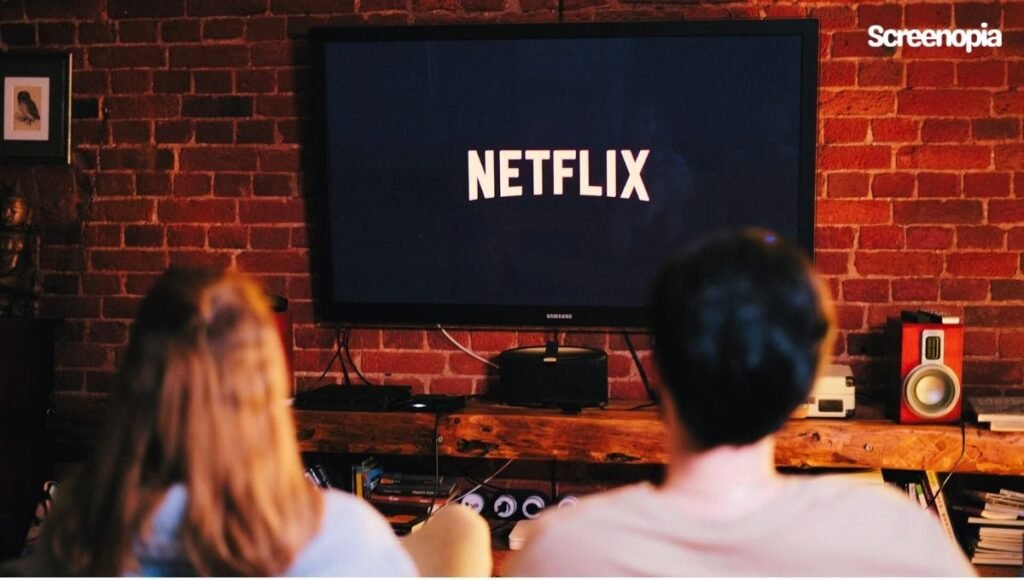It’s hard to imagine a world without Netflix. Whether it’s late-night binge sessions, cozy family movie nights, or discovering that one international show you can’t stop talking about, Netflix has become a household name. But The Story of Netflix is more than just a tale about technology; it’s about timing, risk-taking, and changing the way we watch forever.
From DVDs in the Mail to Digital Streaming
The Netflix story began in 1997, when Reed Hastings and Marc Randolph founded the company in Scotts Valley, California. The original idea was simple: rent DVDs online and deliver them to customers by mail. This was the late ’90s, when driving to Blockbuster was still the norm.
Netflix introduced something revolutionary: no late fees, a flat monthly subscription, and the convenience of returning discs in a prepaid envelope.
That model quickly caught on. By 2003, Netflix had shipped its 1 billionth DVD. But the founders knew physical media wouldn’t last forever. Internet speeds were improving, and streaming technology was on the horizon.
The Big Shift: Streaming Is Born
In 2007, Netflix launched its streaming service, letting subscribers instantly watch movies and shows online.
At first, the library was small and the video quality wasn’t perfect. But the appeal was obvious, no waiting for the mail, no scratched discs, just instant entertainment.
The move to streaming was bold. At the time, many saw it as a gamble. But it turned out to be a game-changer, setting the stage for Netflix to dominate a market that didn’t fully exist yet.
Creating Originals: A Risk That Paid Off
By the early 2010s, Netflix faced a new challenge. Studios were starting to pull back their content to launch their own streaming services.
The solution? Create their own.
In 2013, Netflix debuted House of Cards, its first original series. The political drama was a critical and commercial success, earning Emmy nominations and proving that streaming platforms could compete with traditional TV.
Soon after came Orange Is the New Black, Stranger Things, and a flood of original films and documentaries.
Original programming became the heart of Netflix’s strategy. Shows like The Crown, Bridgerton, and Wednesday have not only attracted millions of viewers but also set cultural trends.
Going Global: Netflix Without Borders
The next chapter in The Story of Netflix was global expansion. Starting with Canada in 2010, Netflix rolled out its service to more than 190 countries by 2016. This opened doors for international productions, series like Money Heist from Spain, Dark from Germany, and Squid Game from South Korea became worldwide hits.
This wasn’t just about exporting U.S. shows; it was about embracing local talent and telling stories that could resonate both regionally and globally.
Technology That Understands You
One of Netflix’s secret weapons has been its recommendation algorithm. By tracking viewing habits, ratings, and even the time you watch, Netflix suggests titles you’re likely to enjoy. This personalization keeps users engaged and helps them discover hidden gems they might otherwise skip.
The interface also evolved, introducing features like ‘Skip Intro,’ downloadable content for offline viewing, and multiple user profiles, all designed to make watching seamless.
Facing Competition: The Streaming Wars
Of course, Netflix’s success attracted competitors. Disney+, Hulu, Amazon Prime Video, HBO Max, and others entered the streaming arena. Each offered exclusive content, competitive pricing, and its own technological perks.
Instead of retreating, Netflix doubled down on what made it stand out, diverse content, global reach, and an ever-growing library of originals.
It also experimented with interactive storytelling (Black Mirror: Bandersnatch), mobile-friendly formats, and live broadcasts.
Challenges Along the Way
It hasn’t been all smooth sailing.
In 2022, Netflix faced its first major subscriber loss in over a decade, prompting a rethink in strategy. The company introduced an ad-supported tier at a lower price, cracked down on password sharing, and refined its content spending.
Some gambles, like expensive productions that underperformed, reminded Netflix that not every bet would win. But the willingness to experiment remained at the core of its identity.
Beyond Entertainment: Cultural Impact
Netflix hasn’t just changed how we watch, it’s changed what we watch.
Terms like “binge-watching” became part of everyday language.
Documentaries like Making a Murderer and Tiger King sparked national debates. Global hits like Squid Game created cross-cultural conversations.
Even its business decisions influence the industry. The rise of ‘Netflix and chill’ is more than a meme; it’s a sign of how deeply embedded the platform is in modern life.
The Next Chapter
As of 2025, Netflix continues to lead with over 300 million subscribers worldwide. The company is investing in gaming, live sports rights, and AI-driven personalization to keep audiences hooked.
The story isn’t over. If history is any indication, Netflix will keep adapting, surprising, and redefining entertainment in ways we haven’t imagined yet.
The Story of Netflix is ultimately about more than movies and TV shows. It’s about a small start-up that spotted a gap, took risks when the safe choice was to stand still, and transformed itself again and again to meet a changing world.
And if there’s one takeaway from Netflix’s journey, it’s this: the next big revolution in entertainment might already be streaming into our homes.
Table of Contents
| View the Web Story: The Best 10 Shows On Netflix Ever |



